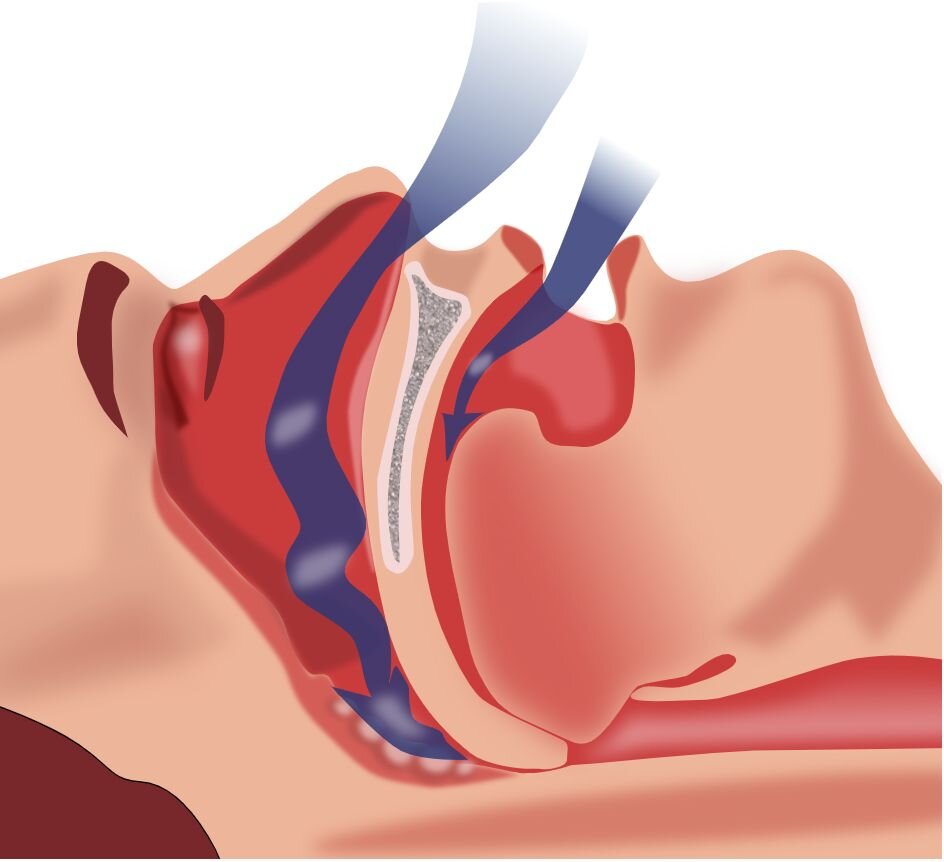
Meeting physical activity recommendations can bring significant economic benefits. These benefits can take the form of both wage income for the individual and reduced health care costs to society.
A doctoral study at the University of Oulu found that meeting the World Health Organization’s (WHO) physical activity recommendations predicted higher future earnings compared with less physical activity. According to the WHO, people should do 150–300 minutes of brisk or 75–150 minutes of strenuous physical activity per week.
Lic. Med., M.Sc. (Econ.) Hanna Junttila’s doctoral thesis shows that men of normal weight who exercised according to the recommendations at age 31 and 46 used fewer primary health care and occupational health services than those who did not meet the physical activity recommendations at either age. Therefore, the health care costs to society were lower.
Primary health care costs included the costs of visits to nurses, physiotherapists, physicians, psychologists, mental health care and substance abuse clinics in the public sector, primary health care, the costs of visits to nurses, physiotherapists, physicians, and psychologists in occupational health care, the costs of physicians and physiotherapists in the private sector and the costs of home visits by physicians.
The study found that income had no association with meeting the physical activity recommendations. Education level, health status and lifestyle were also considered as covariates and the link between physical activity and later earnings and primary health care costs was still robust.
“There is little scientific research on the economic importance of physical activity. Our results suggest that promoting physical activity can bring significant economic benefits to both individuals and society. From a health economics perspective, investing in physical activity can be seen as an investment that results not only in improved health but also in improved productivity and reduced health care costs,” says Junttila.
Despite international and national efforts to promote physical activity, a large proportion of the population does not get enough exercise for their health. “People with low physical activity should be individually supported to safely increase their physical activity according to recommendations, population level interventions to promote physical activity should be developed and resources should also be directed towards preventive health care,” says Junttila.
The data for the study consisted of people born in Northern Finland in 1966, from whom information on lifestyle and health was collected through extensive surveys and measurements. The birth cohort provides a unique resource for studying the economic impact of mobility at the population level by exploiting individual-level data on the use and costs of health services and register data of earned income.
Earnings at age 50 were obtained from registers. The amount of physical activity was assessed by a questionnaire for 31- and 46-year-olds and an accelerometer-based measure for 46-year-olds. The leisure-time physical activity levels obtained from the questionnaire were compared with the World Health Organization (WHO) physical activity recommendations.
A key difference from previous studies on costs was that the data included all health service visits, including those for reasons of physical disability, which have typically been excluded in similar studies in the past.
More information:
Associations of physical activity with productivity and primary health care costs: oulurepo.oulu.fi/handle/10024/52118
Citation:
Adequate physical activity brings significant economic benefits to individuals and society (2024, October 7)
retrieved 8 October 2024
from https://medicalxpress.com/news/2024-10-adequate-physical-significant-economic-benefits.html
This document is subject to copyright. Apart from any fair dealing for the purpose of private study or research, no
part may be reproduced without the written permission. The content is provided for information purposes only.


